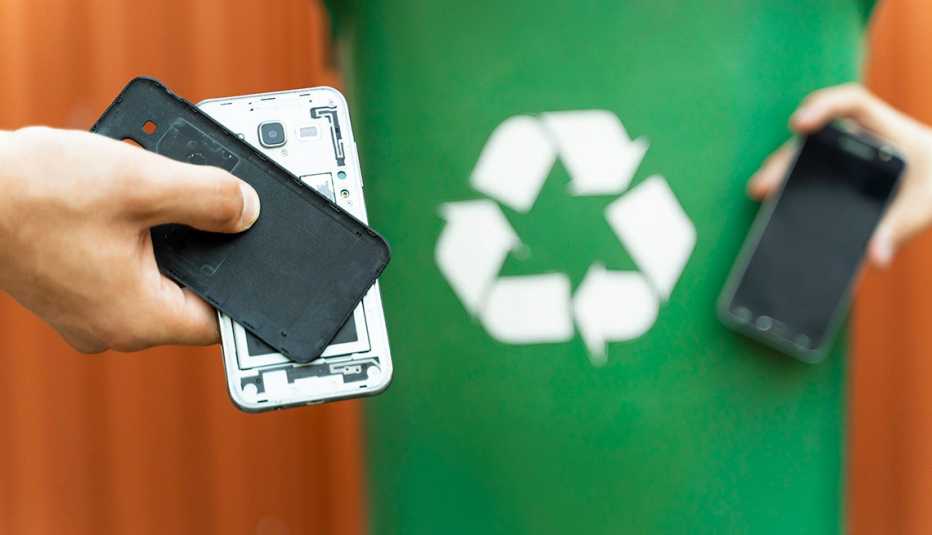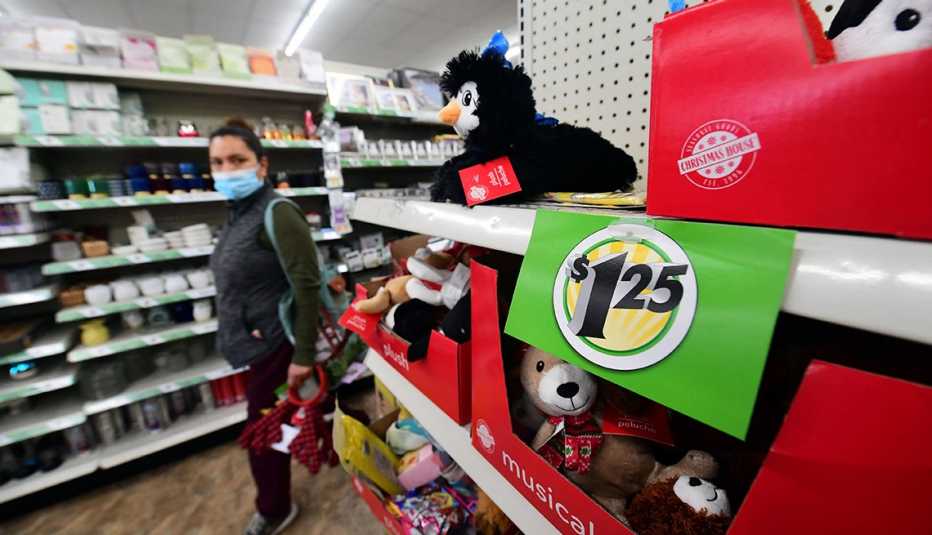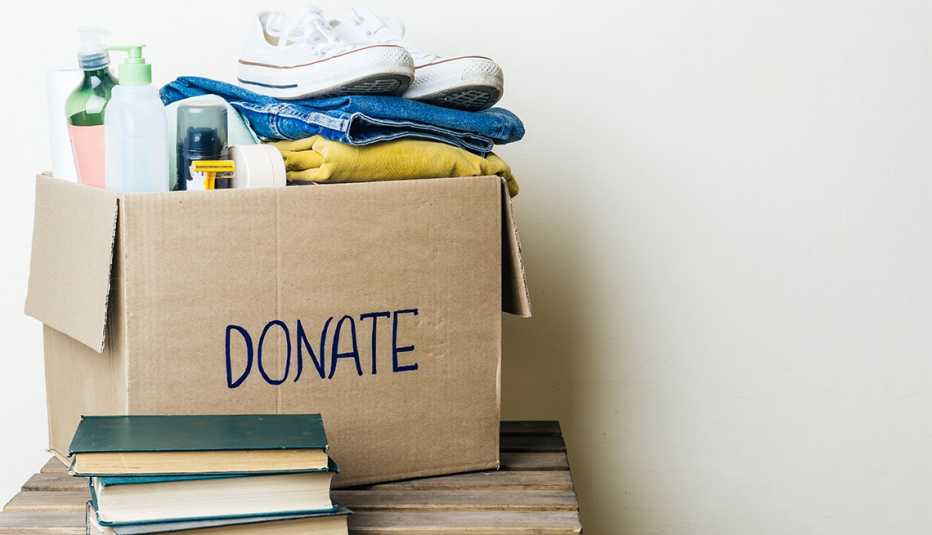Staying Fit
Here’s a great way to save money this holiday season and beyond: Spend nothing through one of the hyperlocal buy-nothing clubs available around the country.
Aimed at giving used items a second life, these groups are gaining popularity, especially with older women seeking ways to beat inflation. The Consumer Price Index was up 7.7 percent in October compared to the same month last year.


AARP Membership— $12 for your first year when you sign up for Automatic Renewal
Get instant access to members-only products and hundreds of discounts, a free second membership, and a subscription to AARP the Magazine.
Prices for clothing, furniture and most other consumer products are higher than a year ago.
“Whenever we see the economy start to sour, our statistics trend older and more toward women,” says Deron Beal, executive director of the Freecycle Network, a nonprofit gifting network. “We’re providing a vital need for folks.”
How buy nothing clubs work
Buy-nothing clubs are made up of community members who list things they’re giving away or post requests for items they want. No money changes hands, and bartering is not allowed. Participants meet in public places to exchange secondhand items, or leave them on front porches. Clothing, furniture, food, appliances, books and a host of other products are gifted on a daily basis. Most of the activity happens on Facebook or via stand-alone apps and websites. The groups are hyperlocal, usually limited to a zip code, neighborhood, one-mile radius or city block.
“It's a way to connect with neighbors. You give away things you no longer need and acquire things you do need, all for free,” says Liesl Clark, CEO of the Buy Nothing Project. “Rather than going out and buying Tupperware or pots and pans, you can ask your local community through Buy Nothing and inevitably you’ll find someone trying to get rid of that thing you need.”
The nonprofit Buy Nothing Project focuses on community building, encouraging members to share services as well as goods. For instance, Clark says some members give their time and skills to help out neighbors. Many members are older adults who need companionship as well as free items. Older adults are joining for all kinds of reasons, Clark says: to give back to the community, connect with others, make a positive impact on the environment or downsize without wasting items that still have use.
“It’s a fun and whimsical way to connect a lot of older people in need of basic supplies without having to take a 25- to 35-minute drive” to a store, she says.






































































